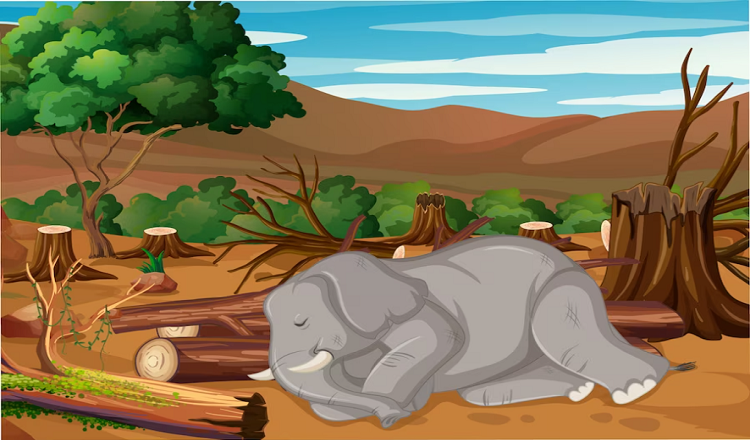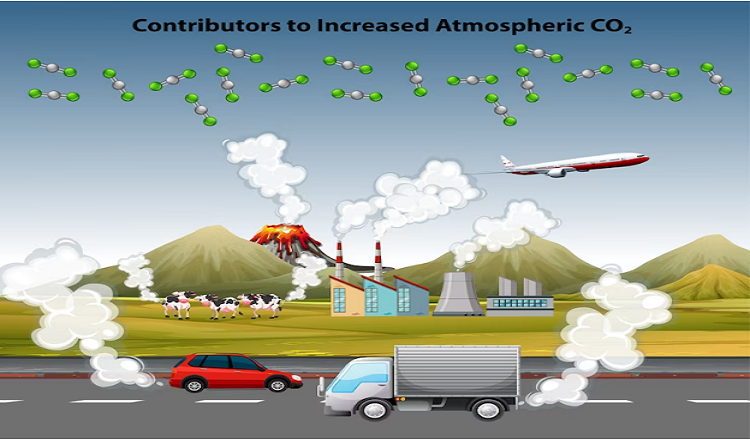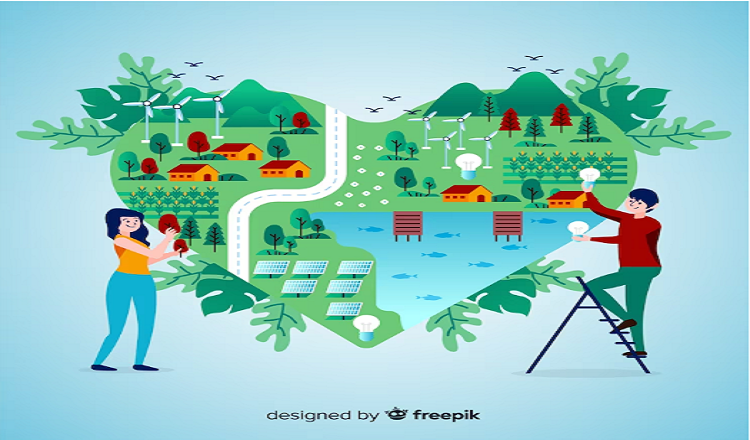The ecology and human health are seriously impacted by deforestation and habitat loss. These issues are frequently overlooked in the US by other environmental issues including air and water pollution. However, they significantly affect the communities that rely on the nation’s ecosystems as well as those that do not. In this blog article, we’ll look at the human costs of habitat loss and deforestation in the USA, as well as why it’s crucial to solve these problems.
Deforestation is the act of removing trees and other vegetation from a region, frequently for industrial or commercial objectives. On the other side, habitat loss refers to the eradication of natural environments that are home to a diversity of species. As the removal of trees can result in the degradation of ecosystems and the displacement of wildlife, these two issues are frequently connected. Deforestation and habitat loss can also result in increased greenhouse gas emissions, soil erosion, and a variety of other environmental issues.
Deforestation and habitat loss have a significant influence on human health and wellbeing, hence they must be addressed. Communities that have been compelled to move may face economic hardship and social upheaval as a result of their migration. Additionally, a fall in biodiversity brought on by the destruction of natural habitats may affect the availability of food and other resources. In this blog article, we will examine the human costs associated with habitat loss and deforestation in the USA as well as potential solutions to these urgent environmental problems.
Causes of Habitat Loss and Deforestation in the USA
Deforestation and habitat loss are serious issues in the United States due to logging, clearing forests for agriculture, urbanisation and development, wildfires, and climate change. In order to make room for crops and cattle, millions of acres of forest are cut down each year through logging and forest clearing for agriculture. Due to the increased land requirements for infrastructure and housing, urbanisation and development also contribute to the degradation of natural habitats. Natural catastrophes, like wildfires, can seriously harm forests and other ecosystems, displacing species and raising the risk of flooding and landslides. Finally, when temperatures rise and weather patterns change, it becomes more challenging for forests to grow, aggravating the issue of deforestation and habitat loss. Indigenous populations are displaced as a result of deforestation and habitat loss, which also has an impact on human health as well as the loss of biodiversity and an increase in catastrophe risk.
Effects of Habitat Loss and Deforestation on Humans
Human health and wellbeing in the USA are significantly impacted by habitat loss and deforestation. One of the most catastrophic results of habitat loss and deforestation is the displacement of indigenous groups and loss of traditional knowledge. Loss of cultural identity as well as social and economic hardship are the results. In addition, natural disasters like floods and landslides are more likely as a result of habitat loss and deforestation. Particularly in locations where communities are already at risk, these disasters can result in significant property damage and fatalities. The loss of biodiversity can result in less food and other resources being available, which has an effect on human health. The effects of habitat loss and deforestation are exacerbated by climate change, increasing the risk of diseases associated to the heat and other health issues. To safeguard both the environment and the health and well-being of people, it is imperative that these challenges be addressed.
Economic Effects of Habitat Loss and Deforestation
In the USA, habitat loss and deforestation have a big economic impact. The loss of renowned natural attractions like national parks and wildlife reserves causes a decline in tourism earnings, which is directly impacted by the deterioration of natural habitats. Because they depend on healthy ecosystems to provide food and other resources, sectors like agriculture, forestry, and fishing are also impacted by deforestation and habitat loss. With restoration initiatives requiring a large time and financial commitment, the cost of recovering damaged lands and forests is also a sizable financial burden. Additionally, the loss of natural habitats may result in a reduction in ecosystem services like carbon sequestration and water filtration, which may have long-term negative effects on the economy. Ensuring the long-term sustainability of the economy requires addressing habitat loss and deforestation in addition to safeguarding the environment and human health.
Governmental Measures and Programmes to Stop Deforestation
& Loss of Habitat
To address habitat loss and deforestation, the US government has put in place a number of projects and regulations. Forests and other natural ecosystems are legally protected by the National Forest System and protected areas, keeping them from being destroyed for construction or other reasons. Incentives and programmes promoting sustainable forestry are also available to benefit landowners who care for their forests financially. International accords encourage nations to take action to combat climate change and safeguard biodiversity, such as the Paris Agreement and the Convention on Biological Diversity. In order to further conservation initiatives, the government has also formed alliances with businesses and NGOs. These laws and programmes show how dedicated the government is to preserving the natural world and advancing sustainable development.
Alternatives to Deforestation and Habitat Loss that are Sustainable
Promoting long-term environmental and economic sustainability in the USA requires sustainable solutions to deforestation and habitat loss. Agroforestry and precision agriculture are examples of sustainable forestry and agriculture practises that encourage the responsible and effective use of natural resources while preserving the health of ecosystems. While fostering the preservation of natural environments, ecotourism and businesses focused in the outdoors also offer financial prospects. Additionally, initiatives for conservation and restoration including reforestation, habitat improvement, and conservation easements aid in the rehabilitation of damaged areas and the protection of ecosystems from future harm. It is feasible to lessen the negative effects of deforestation and habitat loss while also fostering economic growth and development by adopting sustainable practises and conservation activities.
Conclusion
Humans are negatively impacted by deforestation and habitat loss in a number of ways, including the eviction of indigenous populations, increased risk of natural catastrophes, loss of biodiversity, and financial losses. It is imperative that both individuals and governments take action to lessen the negative consequences that these practises have on human health and wellbeing.
Everyone needs to step up and do their share to stop the loss of forests and other types of habitat. While individuals can make changes in their daily lives, such as lowering consumption of products linked to deforestation and supporting eco-friendly projects, governments can promote sustainable practises and conservation efforts through legislation reforms. Together, we can protect our natural environments and biodiversity while simultaneously safeguarding the well-being of our current and upcoming generations.
The significance of sustainable practises and conservation initiatives cannot be emphasised, in my opinion. To safeguard the welfare of all individuals and preserve our natural surroundings, we must act right away. We can assure a brighter future for our world and for ourselves by making thoughtful decisions and backing laws that encourage sustainability.
Read More You May Like:











